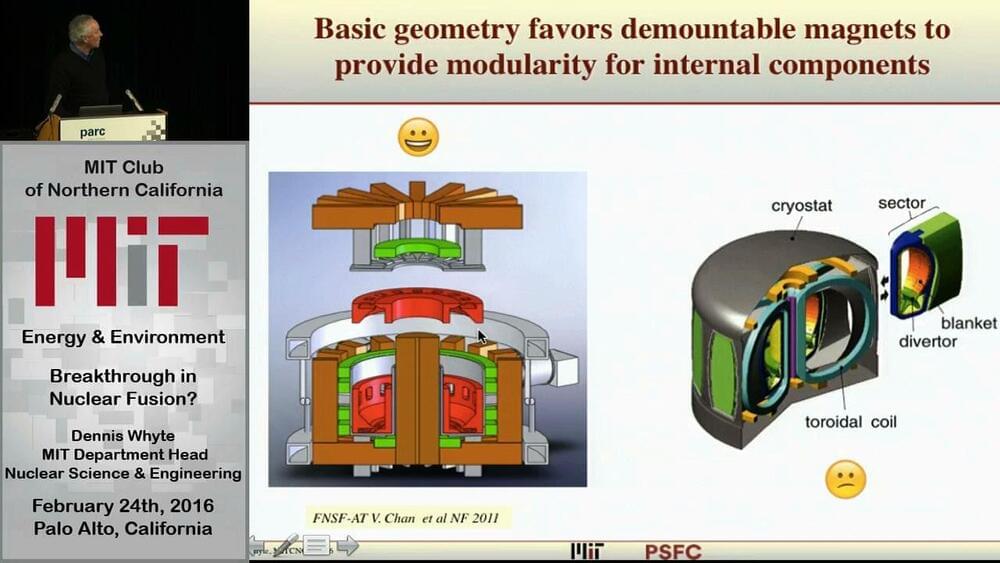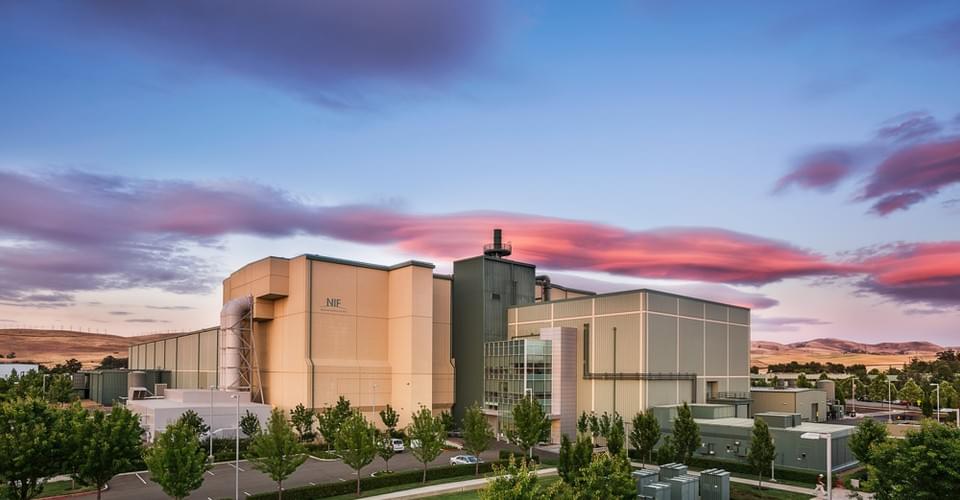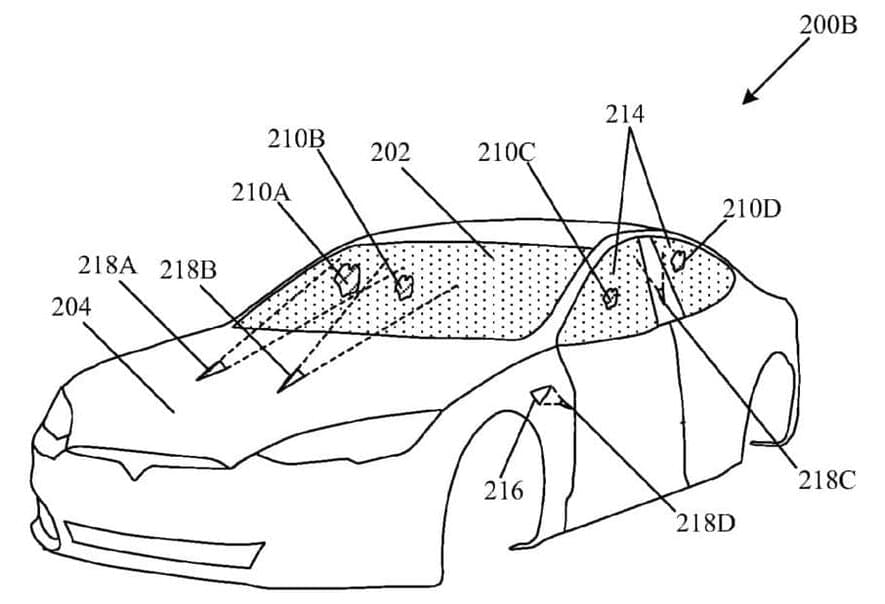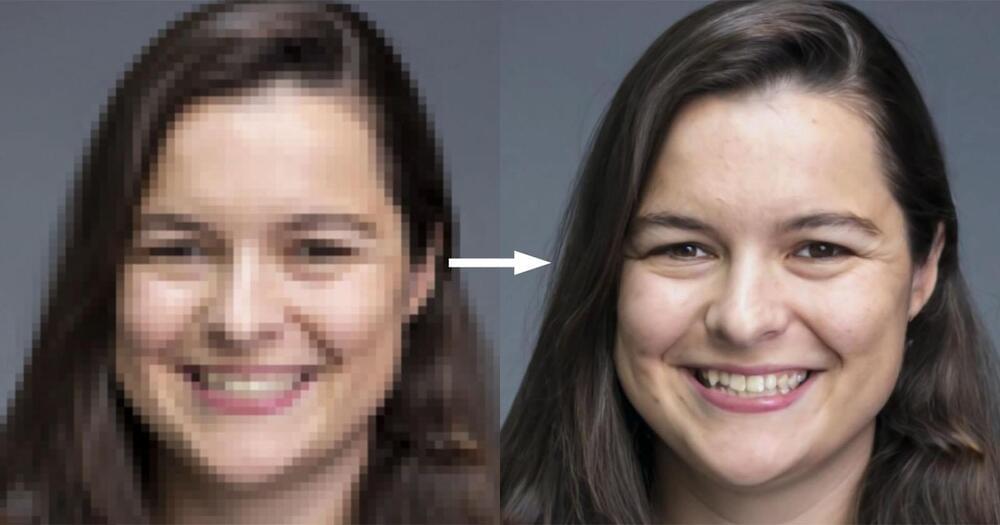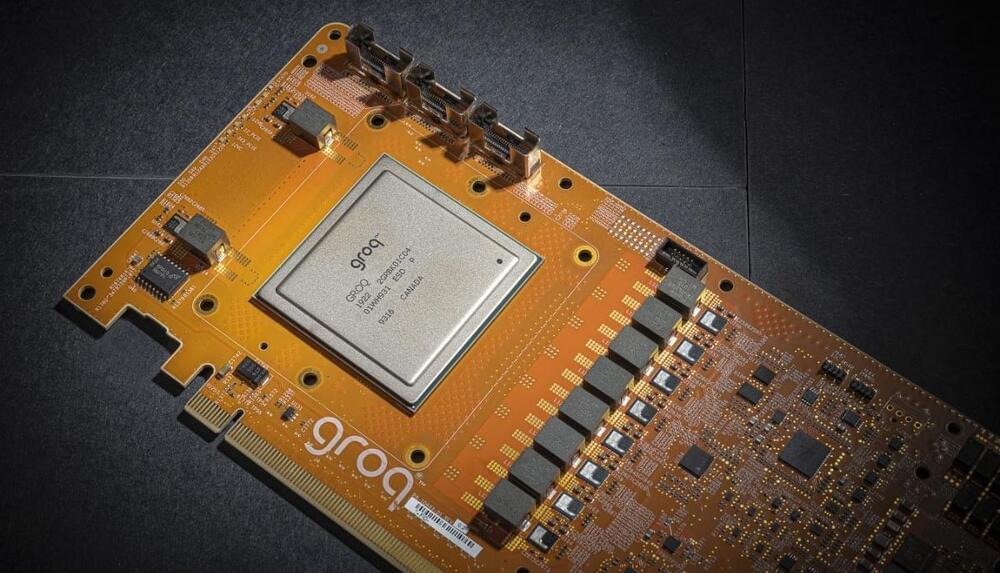Innovative coronavirus disease2019(COVID-19) vaccines, with elevated global manufacturing capacity, enhanced safety and efficacy, simplified dosing regimens, and distribution that is less cold chain-dependent, are still global imperatives for tackling the ongoing pandemic. A previous phase I trial indicated that the recombinant COVID-19 vaccine (V-01), which contains a fusion protein (IFN-PADRE-RBD-Fc dimer) as its antigen, is safe and well tolerated, capable of inducing rapid and robust immune responses, and warranted further testing in additional clinical trials. Herein, we aimed to assess the immunogenicity and safety of V-01, providing rationales of appropriate dose regimen for further efficacy study.
Methods:
A randomized, double-blind, placebo-controlled phase II clinical trial was initiated at the Gaozhou Municipal Centre for Disease Control and Prevention (Guangdong, China) in March 2021. Both younger (n = 440; 18–59 years of age) and older (n = 440; ≥60 years of age) adult participants in this trial were sequentially recruited into two distinct groups: two-dose regimen group in which participants were randomized either to follow a 10 or 25 μg of V-01 or placebo given intramuscularly 21 days apart (allocation ratio, 3:3:1, n = 120 120, 40 for each regimen, respectively), or one-dose regimen groups in which participants were randomized either to receive a single injection of 50 μg of V-01 or placebo (allocation ratio, 3:1, n = 120 40, respectively). The primary immunogenicity endpoints were the geometric mean titers of neutralizing antibodies against live severe acute respiratory syndrome coronavirus 2 and specific binding antibodies to the receptor binding domain (RBD).


